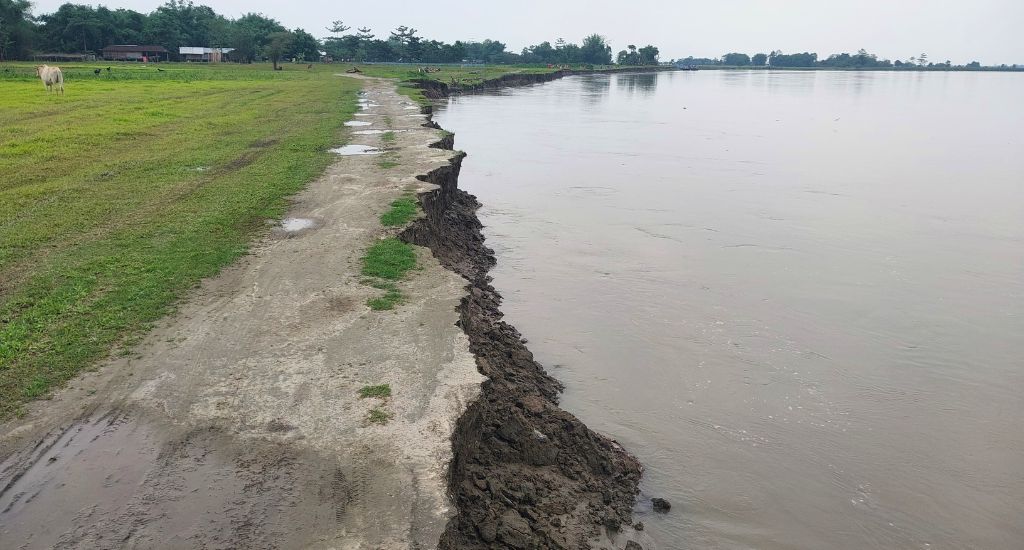
Assam villagers dread wrath of ravaging river
Ahead of the monsoon, fear of displacement lurks amid villagers in Assam’s North Lakhimpur district as the Subansiri river threatens to devour their land and homes yet again.

Ahead of the monsoon, fear of displacement lurks amid villagers in Assam’s North Lakhimpur district as the Subansiri river threatens to devour their land and homes yet again.
Disku Payeng is going through each passing day with bated breath, much like every resident of Kalakhowa village. In a few days, the monsoon will arrive, bringing along with it the wrath of the Subansiri river. The entire village, located about 5km from the district headquarters of North Lakhimpur, will be submerged in 3-4 feet of water for the next three months.
Payeng once enjoyed a happy life in Kalakhowa, a village situated by River Subansiri in northern Assam. But worsening erosion of the river banks has displaced his family three times in the last two decades.
Now Payeng, 39, has returned to the same village. But worry marks every crease on his face.
“I had 20 bighas (1 bigha equals 0.619 acres) of land, but the river has swallowed it all,” Payeng said, pointing towards the Subansiri, one of the tributaries of the Brahmaputra.
During the 2015 flood, Payeng ’s house and land were engulfed by the raging waters of the river. He then constructed a new house at a distance he thought was safe enough from the banks. However, the continuous erosion of the river has raised concerns for Payeng once again.
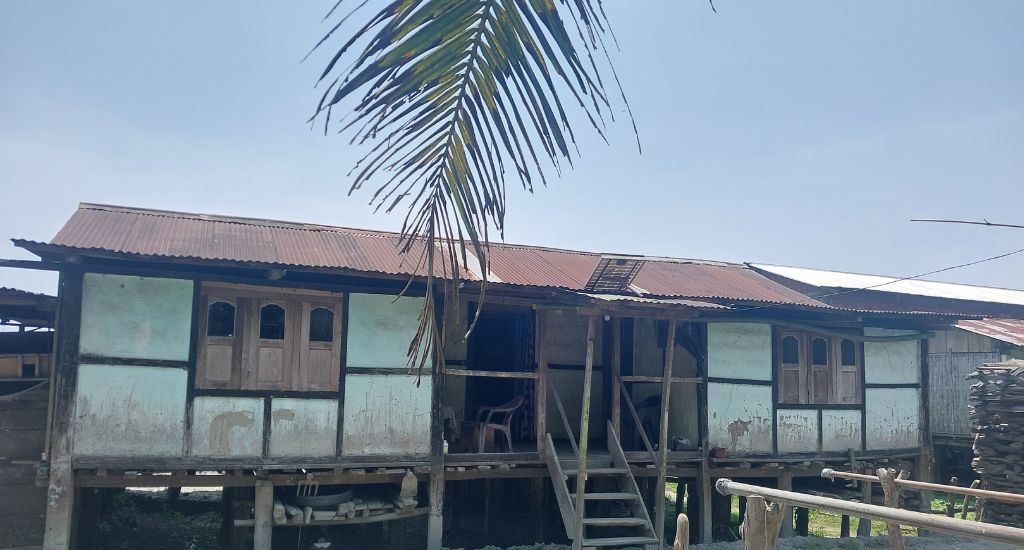
“The river is now only 20 metres from my house. If there’s a flood this year, my house will be washed away,” said Payeng, who works as a mason and is the sole breadwinner of his family of six.
Payeng belongs to the Mising tribe, the second largest group among the Scheduled Tribes (Plains) in Assam, with a population of 687,301 individuals in the state according to the 2011 Census.
In the Lakhimpur district alone, the Mising tribe constitutes 18.9 per cent of the population, with a total of 197,886 individuals, and is known for its expertise in agriculture, craftsmanship and fishing.
The name of the tribe is derived from the combination of two root words: ‘Mi,’ meaning ‘man,’ and ‘sing,’ meaning ‘water’ or ‘river.’ Hence, Mising refers to the tribe living by a water body.
However, their ancient dwelling is now under continuous threat of flooding and river erosion.
Also Read | Riverbank erosion no less a disaster than Assam floods
Kalla Pegu, another Kalakhowa resident, used to own eight bighas of land on which he cultivated paddy, mustard and sesame. He also owned a bamboo farm and around 15 pigs. However, he has lost everything due to erosion in the past two decades.
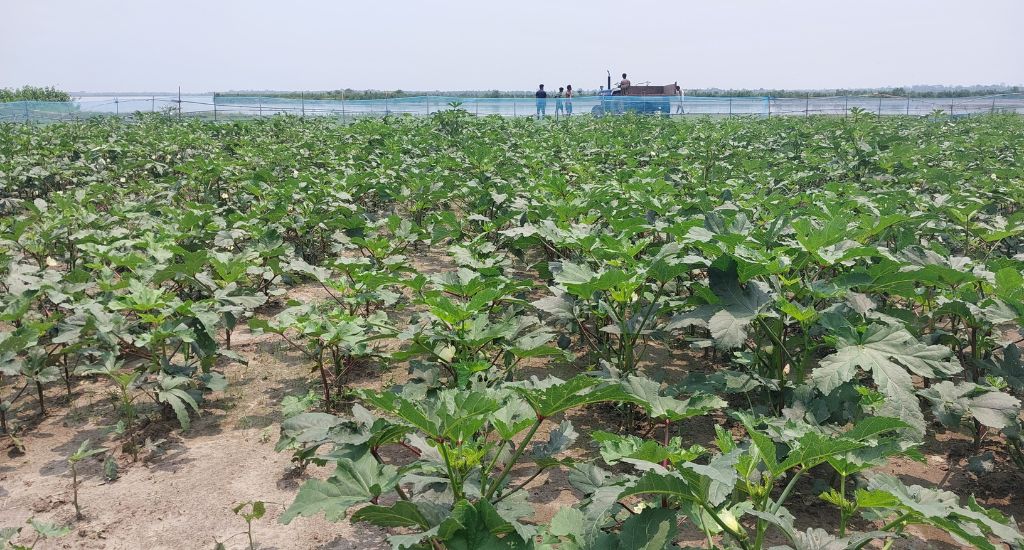
“Where will you do farming if there is no land left?” asked Pegu, 45, who now works as a daily wage labourer.
Kalla and fellow villagers have failed to get compensation from the government despite efforts.
“We have even held protests to seek compensation but none of us has received anything,” said Kumaldoy Narah, another villager. “Many people have even lost their land documents. Some have the papers, but none of us truly has any land now,” she added.
“I filled the compensation form in 2015, but have got nothing so far,” said Pegu.
Village Square attempted to contact the officials for their comments but got no response by the time this story was published.
Riverbank erosion has been a common problem along the Brahmaputra and its largest tributary, the Subansiri, during the monsoon. Experts say the construction of a dam on the Subansiri has now added to the fear of flooding and erosion.
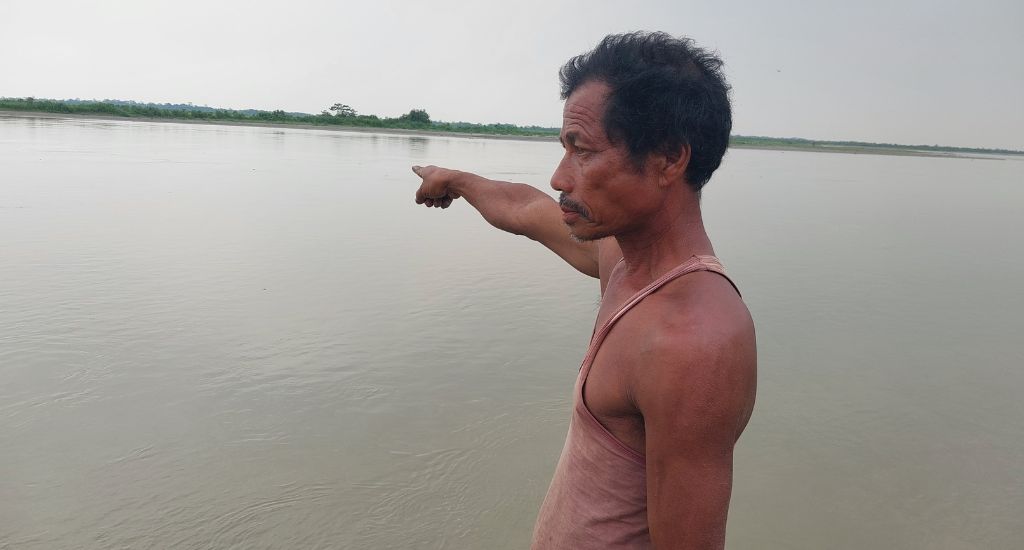
“The dam is causing drastic shifts in the river’s course,” said Dr Shukla Acharjee, an assistant professor at the Centre for Studies in Geography, Dibrugarh University, who is conducting a study on sedimentation in the Brahmaputra basin.
“Increased siltation in the river, especially in the riverbed, is a significant consequence of the dam construction,” she added, pointing out that the sediment will be carried downstream, adversely affecting the people living in the downstream area.
“The dam has also led to changes in the river’s morphology,” Acharjee said. “While the river has a history of course changes, our studies before and after the dam construction have revealed a notable alteration in its morphology. We have collected sediment samples from the entire Brahmaputra basin to investigate sedimentation patterns.”
According to Acharjee, the erosion of land is a severe issue arising primarily due to sedimentation, siltation and the rising riverbed.
Also Read | Assam flood fury leaves high houses on river islands untouched
According to data from the Assam government, the Brahmaputra and its tributaries have engulfed nearly 4,000 sq km over the past six decades. The Assam Water Resources department reports an annual average land loss of approximately 8,000 hectares due to river erosion.
The rapid shift in the course of the river has left the villagers in a distraught state, even though they have traditionally possessed the knowledge to survive close to the river.
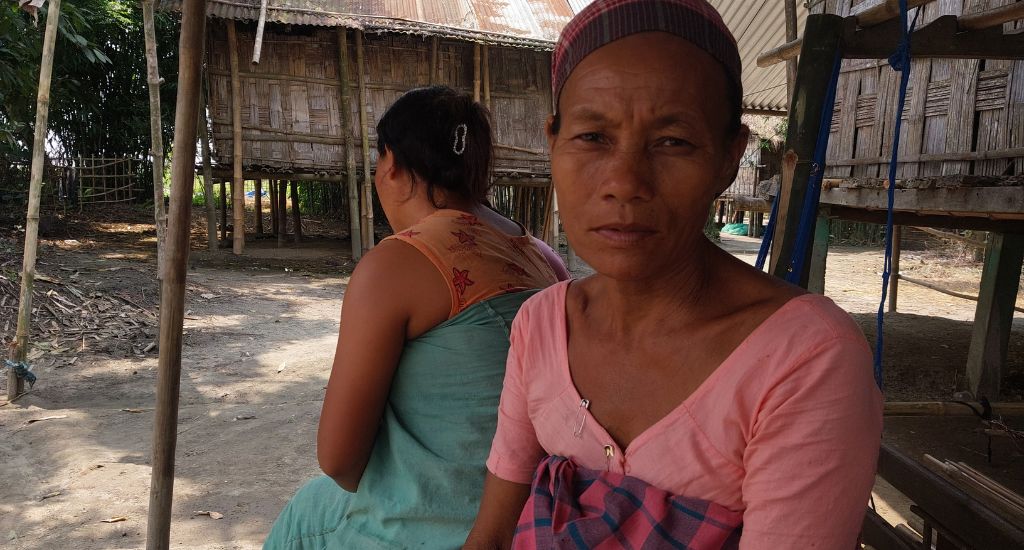
The Mising tribe is known for their flood-proof houses locally called chang ghar. These structures are built on raised bamboo platforms, approximately 5 feet above the ground. Constructed entirely from bamboo due to its lightweight nature and easy availability, these traditional homes have historically offered protection against floods.
However, even these traditional structures have not been able to withstand the fury of the floodwaters in the last couple of decades. People now are unsure of what the next spell of heavy rain may bring.
“I can still see my house there,” Bhupen Kuli, a 55-year-old labourer from Pubchagolikata village, said as he pointed towards the Subansiri river.
“In 2002, a 10-bigha patch of my land was washed away, while I lost another 10 bighas in 2010,” Kuli added, as tears welled up in his eyes. “I have lost my house five times so far.”
Kuli now lives in a rented house, paying a monthly rent of Rs 1,200.
Frequent displacement has been hard on families, especially children.
Anuj Kumar Doley, a 34-year-old resident of Pubchagolikata village, was the first child in his family to be born in Lakhimpur. Doley’s parents were forced to leave their home in Majuli in the 1970s due to recurring natural calamities. They made the difficult decision to relocate to Pubchagolikata, hoping for a safer and more stable future. However, over the past two decades, their hopes have been diminishing year after year.
Also Read | Assam’s soil erosion worsening with climate change and floods
“In 2002, I lost four bighas of land to the flood. Another two bighas were washed away in 2010,” said Doley, who works as a daily wage labourer, earning Rs 10,000-15,000 in monthly income.
He has seen far better days. He used to cultivate paddy and sesame and also owned a bamboo and betel nut farm.
“On average, I used to make Rs 30,000-Rs 40,000 a month,” said Doley.
That was before 2015, when another flood hit the region and he lost his house and the remaining four bighas of land.
Looking at the wide, yawning expanse of Subansiri, Doley looks back at his childhood with disbelief.
“The river used to be so narrow then,” he recalled. “We crossed it on foot every day to reach school.”
Now, the test of their flood-proof chang ghar begins again. Payeng wonders if he would have to relocate for the fourth time.
The lead image shows the riverine erosion in Kalakhowa village of Lakhimpur, Assam (Photo by Ashwini Kumar Shukla)
Ashwini Kumar Shukla is a journalist based in Jharkhand. He is an alumnus of the Indian Institute of Mass Communication and writes about rural India, gender, society and culture.